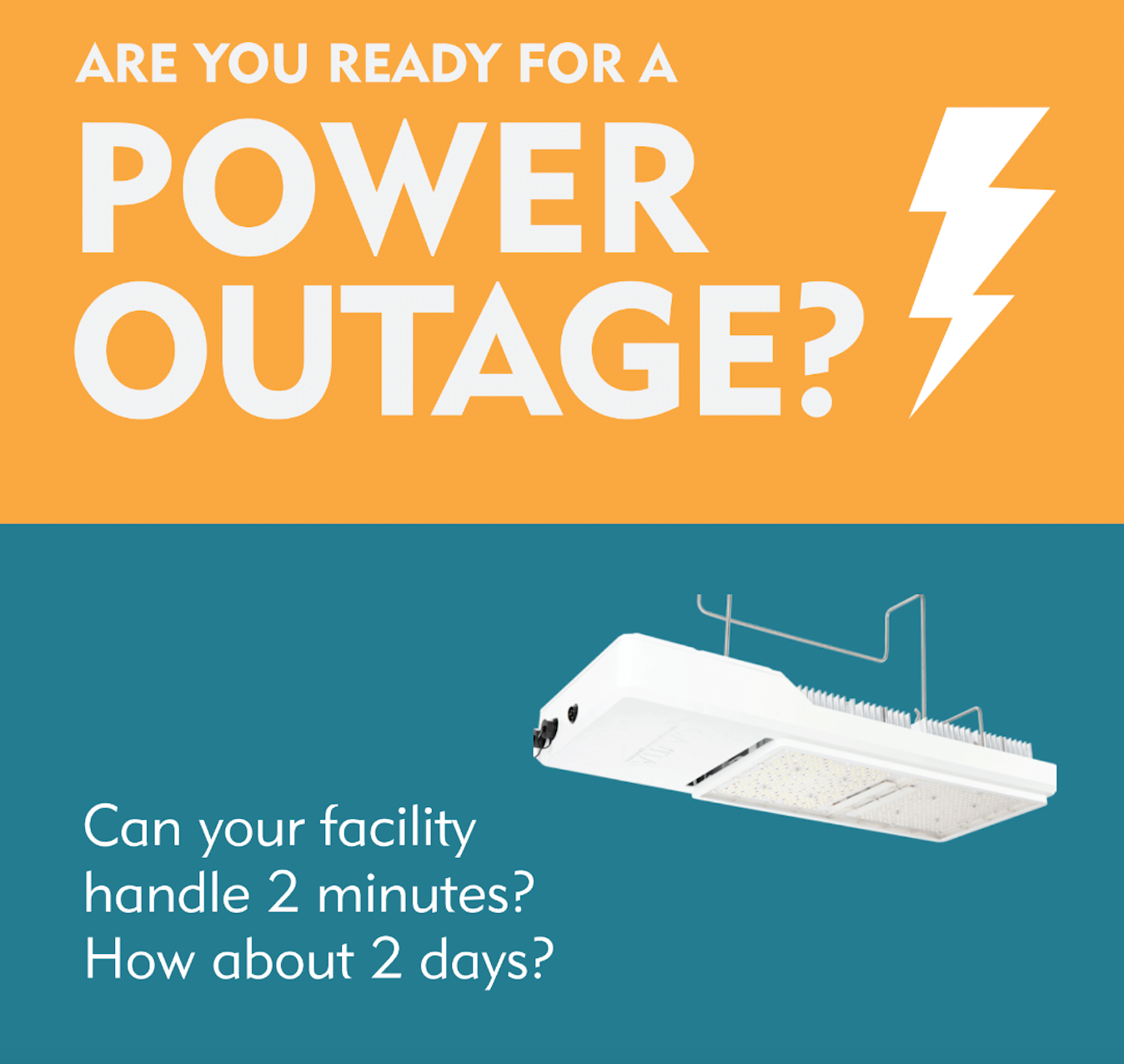 Grid blackouts and outages from extreme weather coupled with aging infrastructure cannot be ignored. Blackouts in the United States are 60% more common than in 2015. They are also occurring for the first time in locations such as the Midwest. Indoor growers are highly aware that a few days without power can result in an entire crop (and massive revenue) lost.
Grid blackouts and outages from extreme weather coupled with aging infrastructure cannot be ignored. Blackouts in the United States are 60% more common than in 2015. They are also occurring for the first time in locations such as the Midwest. Indoor growers are highly aware that a few days without power can result in an entire crop (and massive revenue) lost.
Most growers feel at the whim of their utility company and the weather. Despite this, many options exist to minimize the crop damage, lost revenue, and hassle from blackouts or grid intermittency. For most commercial facilities, we recommend the following 5 steps to consider: (1) invest in energy efficiency, (2) utilize surge protections, (3) identify critical loads, (4) create a plan for longer term outages, and (5) secure backup generation.
1) Invest in energy efficiency
An energy efficient facility is more flexible during outages and reduces requirements for expensive backup power. For example, LED lights can power on and off instantly, are dimmable in emergencies, and can sync easier with building management systems that manage backup power systems. High-efficiency fans and HVAC equipment often include variable speed drives and soft start motors that can run at reduced capacity when the grid is intermittent or your facility is running on back-up power.
Energy efficient equipment can cost more upfront, but it typically pays for itself in 3-5 years through electric bill reductions. Additionally, most utilities provide generous rebates that offset these additional expenses, typically between 30-70% of the upfront cost. Some utilities grids are so stressed, such as PG&E’s, that they’re paying customers 100% of the cost for certain energy efficiency equipment.
2) Plan and program for brownout and surge protection
While the threat of a multi-day outage is most terrifying to growers, smaller outages of 5 minutes or less and supply surge irregularities (“Brownouts”) are the most common disruption. These short disruptions in power may not necessarily destroy crops, but without proper planning they can reduce profitability and create large operational headaches.
Have your equipment vendors informed you what will happen during and after a brief outage? Many controllers reset with just a power flicker. These sub-second disruptions may require hours of technical effort to re-program, only to do it again next time. You can easily prevent hassles like this by programming your default settings and choosing equipment that can save controller settings after a power disruption. If your facility is up and running, make sure that you understand the operational consequences of power surges. Set up a plan, with detailed instructions, for exactly how and which equipment will need to be re-programmed, or perhaps replace your equipment altogether. Consider uninterruptible power supply (“UPS”), and surge protection systems for electric loads that are vulnerable to power intermittency.
3) Identify critical loads
What loads are crucial for your crop’s survival? What is the minimum amount of electricity your facility can use without significant repercussions? How long and at what setting can fixtures be reduced without major damage to plants? According to Seinergy’s research with growers across the US, maintaining plant lighting, photoperiod, watering schedules, temperature and humidity, and building security systems are the primary critical loads that merit special attention from a planning perspective. An important first step in this area of resiliency is to separate critical loads from general loads at the breaker level so they can be independently electrified if necessary.
4) Create a plan for medium and long term power outages
If you follow the above steps, you should understand which and how much your critical loads are, and have them separated to a dedicated critical load panel at the breaker. From here, it’s important to calculate how much electricity your facility requires to run on “emergency mode” (think fixtures operating while dimmed). The function of emergency mode is to keep crops alive and environmental conditions safe during electric emergencies. Understand how long your plants can last with minimal lighting or DEHU during different phases, and what the energy implications may be. Identify your target kWh usage during day and night, and total kW for 1-3 days.
5) Secure backup power generation
If your critical loads are identified and separated, plan to supplement with backup power for longer outages. This could be solar, battery storage, diesel or gas generators, or a combination of all the above. Some growers seek to become energy independent from utilities and treat their facilities like a microgrid. Others are paid by utilities to supply electricity back to the grid from their backup power systems during peak hours. Investing in these solutions is expensive upfront, however, they can be quite lucrative if properly managed and typically pay for themselves between 7-10 years. For example, a microgrid system with solar can offset your electrical usage, lower operating expenses, and shave off peak demand and time of use costs. All in addition to providing back up power. Opportunities for consumers to enhance energy security and generate revenue are expanding quickly, and utilities are increasingly providing financial incentives to offset project costs.
The strategies above are general outlines for action that will increase the energy resilience and profitability of your grow(s). We recommend consulting a professional energy manager to assess the opportunities for your unique facility and chart a path for implementation. Contact Seinergy’s team of energy professionals and utility experts to get started.




